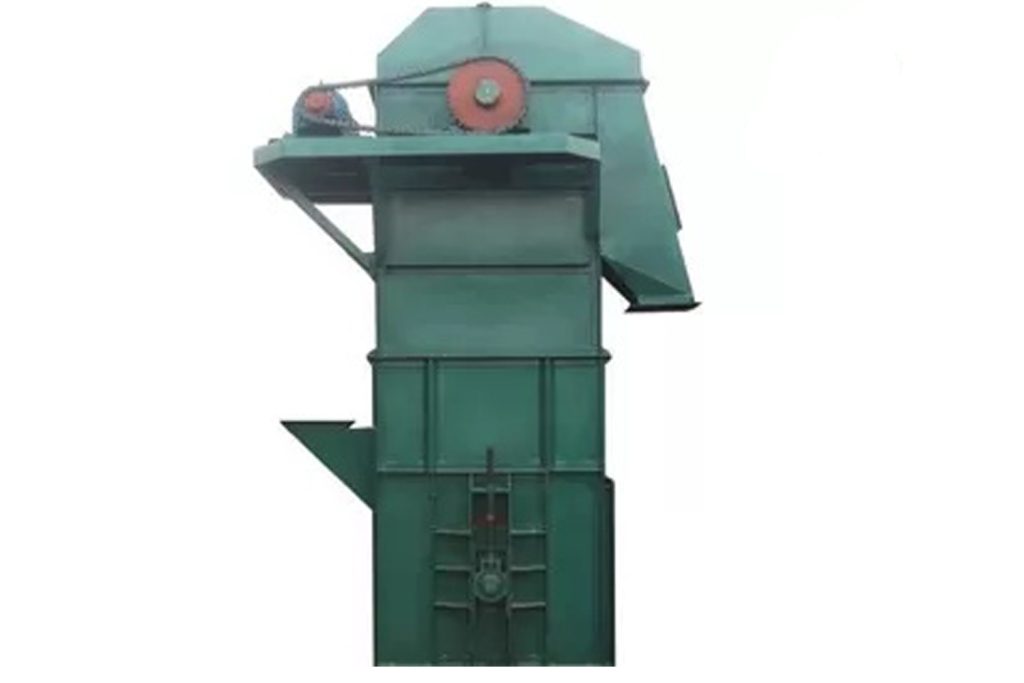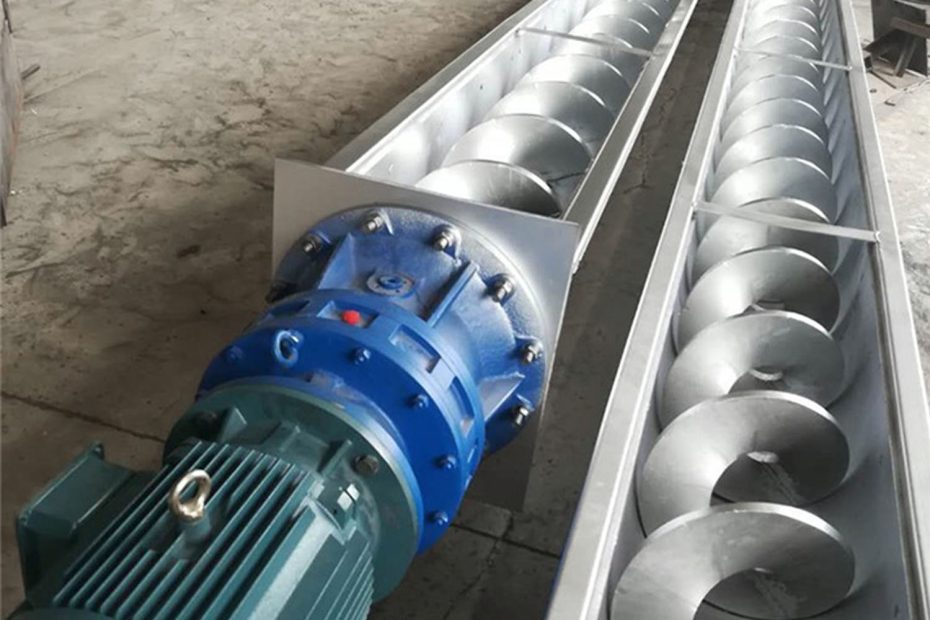In material handling applications, selecting the most suitable conveying solution is crucial for optimizing efficiency and throughput. Two commonly employed systems are bucket elevators and Screw conveyors.
Understanding Bucket Elevators and Screw Conveyors
Bucket Elevators
Bucket elevators are vertical conveying systems consisting of buckets attached to a chain or belt. They are ideal for transporting bulk materials vertically, typically in industries such as agriculture, mining, and manufacturing.
Key Features:
- Vertical conveyance of materials.
- Suitable for a wide range of bulk materials, including grains, aggregates, and powders.
- Configurable design options to accommodate different capacities and height requirements.
Screw Conveyors
Screw conveyors, on the other hand, utilize a helical conveyor belt or chain within a compact footprint. They excel at elevating or lowering materials in a continuous flow, making them ideal for applications requiring space-saving solutions.
Key Features:
- Continuous and gentle conveying motion.
- Compact footprint, making them suitable for space-restricted environments.
- Versatility in handling various materials, including packaged goods, containers, and loose products.

Comparative Analysis : Bucket Elevator vs Screw Conveyor
| Performance Factor | Bucket Elevators | Screw Conveyors |
|---|---|---|
| Vertical Conveyance | Excellent for vertical transport | Limited to moderate inclines/declines |
| Throughput | High capacities achievable | Moderate capacities |
| Space Efficiency | Require significant vertical space | Compact footprint |
| Material Handling | Suitable for a wide range of bulk materials | Versatile, including packaged goods and loose items |
| Maintenance | Chain/belt maintenance required | Minimal maintenance |
| Cost | Initial investment and operating costs may be higher | Generally lower initial and operating costs |
Considerations for Choosing
- Application Requirements: Evaluate the material type, throughput rates, and space constraints to determine which system aligns best with the application’s needs.
- Space Constraints: For facilities with limited vertical space, Screw conveyors offer a more space-efficient solution.
- Material Characteristics: Consider the size, shape, and flow properties of the materials being conveyed. Bucket elevators are well-suited for granular or powdered materials, while Screw conveyors excel with packaged goods or irregularly shaped items.
Conclusion
Choosing between bucket elevators and Screw conveyors depends on various factors, including application requirements, space constraints, and material characteristics. While bucket elevators offer high capacities and are suitable for vertical transport of bulk materials, Screw conveyors provide a space-efficient solution with versatility in handling diverse materials.
In conclusion, both systems have their strengths and weaknesses, and the optimal choice depends on the specific needs of the application. By carefully evaluating performance factors and considering key considerations, businesses can make informed decisions to enhance their material handling efficiency.
Whether it’s elevating grains in a silo or transporting packaged goods in a warehouse, selecting the right conveying solution is essential for maximizing productivity and throughput.
